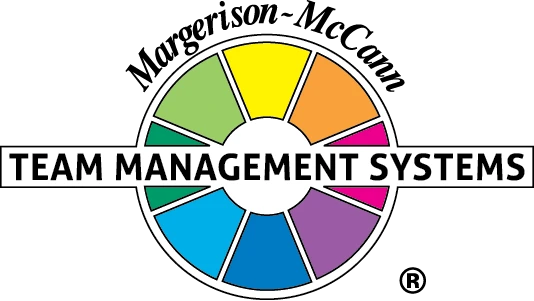The Value of Research
4 July 2018
The Sydney Morning Herald recently published an article by Caitlin Fitzsimmons commenting on ‘personality tests’, in particular the Myers-Briggs Type Indicator. The article criticised those instruments that lacked research, those purporting to identify an innate unchanging personality preference and those used as the basis for recruitment.
These comments don’t apply to the Team Management Profile (TMP) which has undergone extensive research over a period of more than 30 years. This work is covered in the TMP Research Manual, containing over 800 pages of research led by Dick McCann and Nikki Mead.
The TMP is a model of Work Preferences. We all approach our work in different ways – we think in different ways, we plan in different ways and we tend to place more emphasis on these activities. Work Preferences are just another name for what we like doing. They are dimensions of individual differences in consistent patterns of relationships, thoughts, feelings and actions. Preferences determine the conditions we set up to allow our mental and psychic processes to flow freely. Work Preferences are not innate; they are socially constructed – a learned pattern of behaviour developed over many years. Many people are influenced by their job and their success at work and in the process undertake a ‘career journey’.
However, our research shows that work preferences are reasonably stable over short time periods and this allows them to be accurately used for personal and team development. Our test-retest study shows that over a period covering one to six years 91% of respondents had either no change in their work preference or a change on just one of the four scales.
Being socially constructed, preferences can also vary between work and non-work situations. A good example of this was a study of over 500 respondents which showed significant changes on the Analytical-Beliefs (A-B) scale. At work 60% were ‘Analytical’ and 40% ‘Beliefs’. Outside of work this changed to 42% for Analytical and 58% for Beliefs. Similar changes occurred for the Structure-Flexible (S-F) scale – S changing from 47% to 38% and F from 53% to 62%. This study showed that the bias towards ‘AS’ preference at work is counterbalanced by a bias towards ‘BF’ preference outside work. This is convincing evidence that people’s preferences at work can be substantially different from their preferences outside work.
Work Preference instruments are designed to help with personal and team development in organisations. They should never be used as the sole basis of recruitment as they do not measure competence. However, they can be very useful as a discussion point in the interview process. A team leader may be looking for a certain type of person to fit into an existing team. The interviewer can use the information in the 5000-word report to focus discussion on the key aspects of the job by asking the candidate to elaborate on the comments in the Profile and to back this up with verifiable examples.

